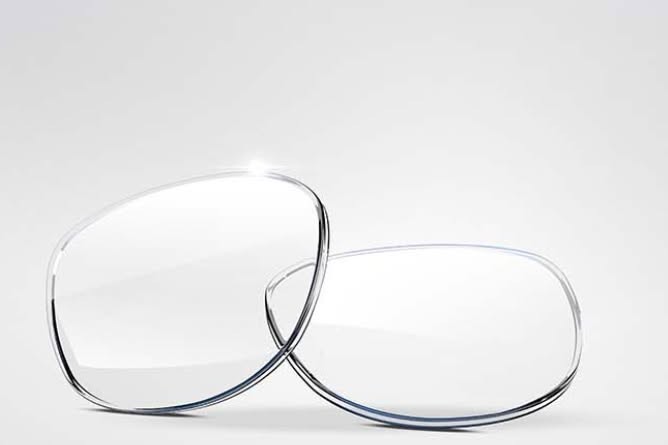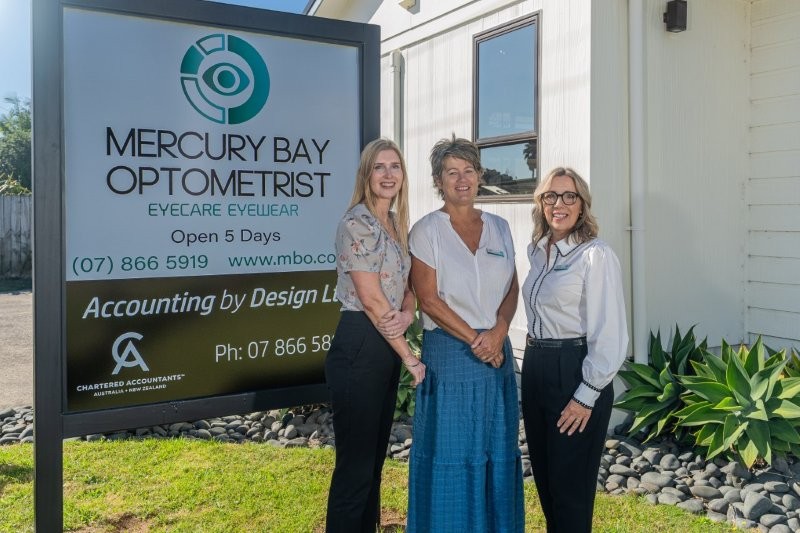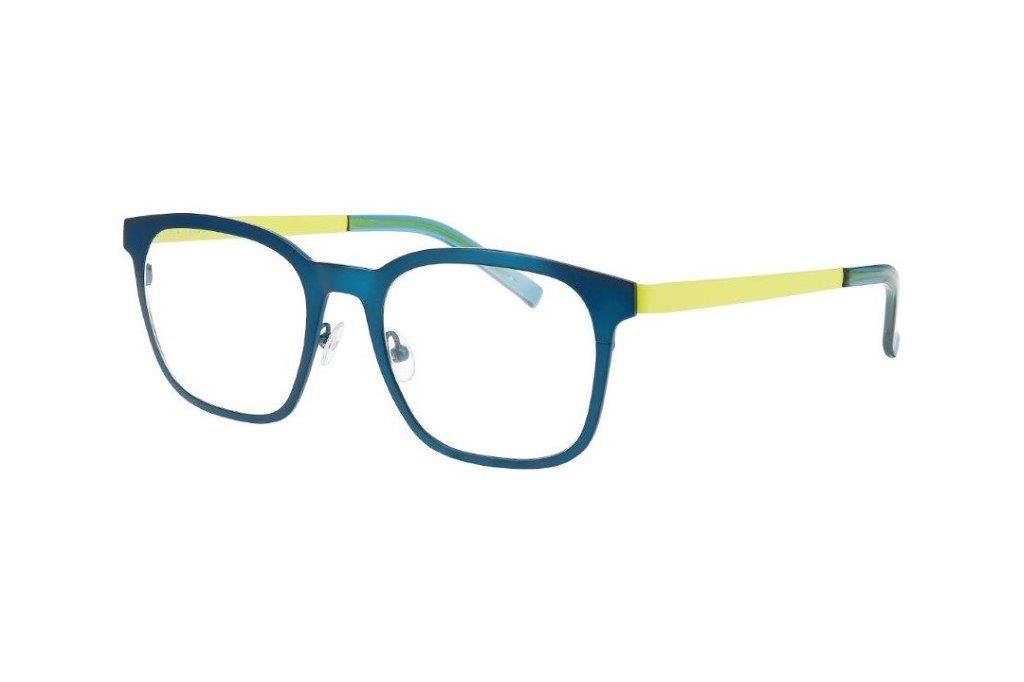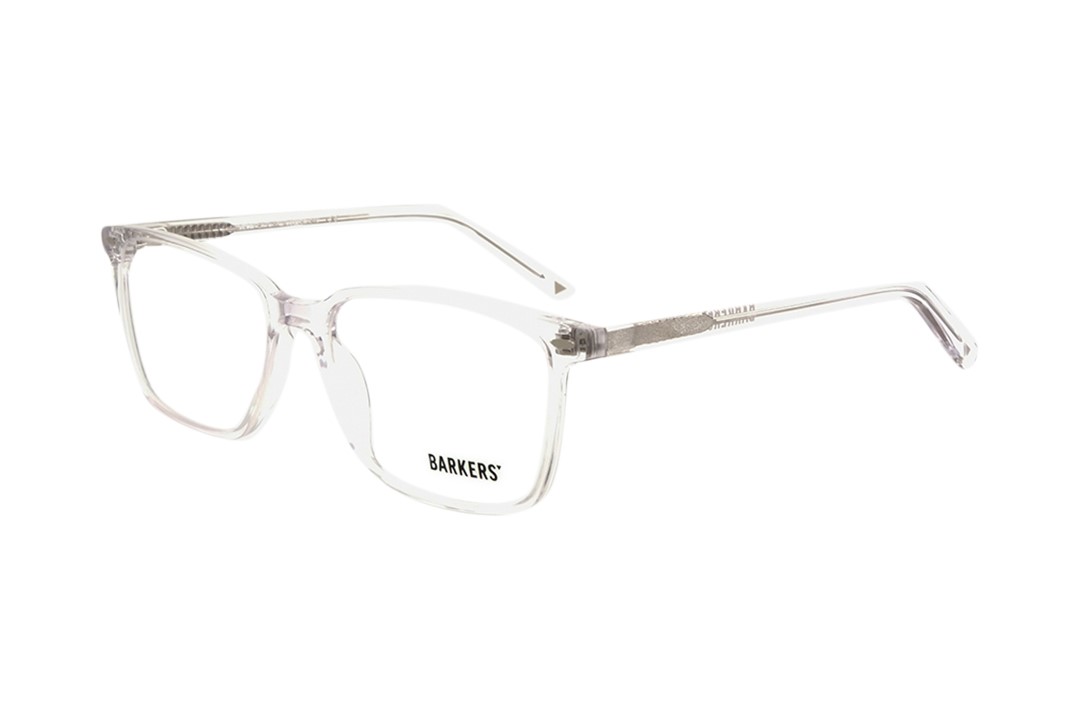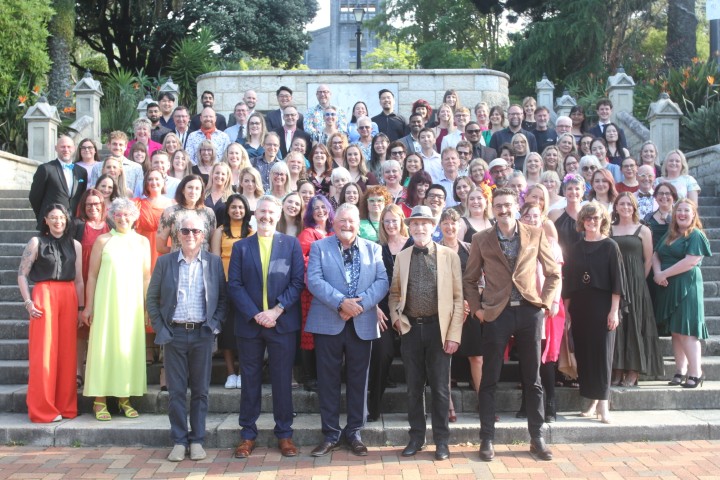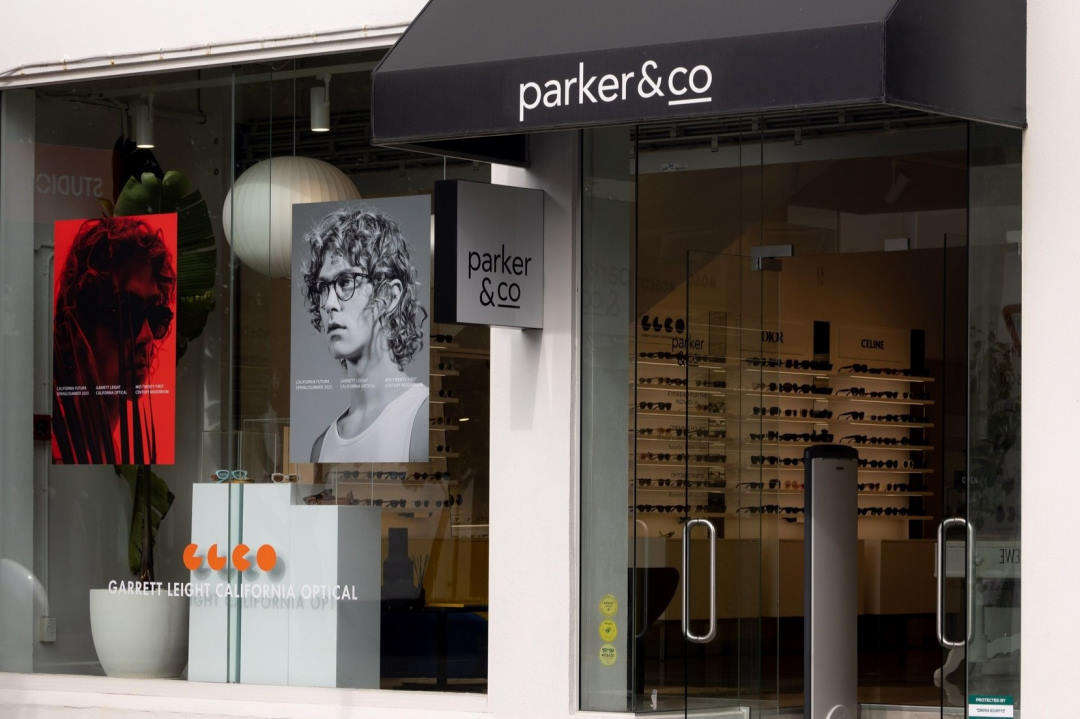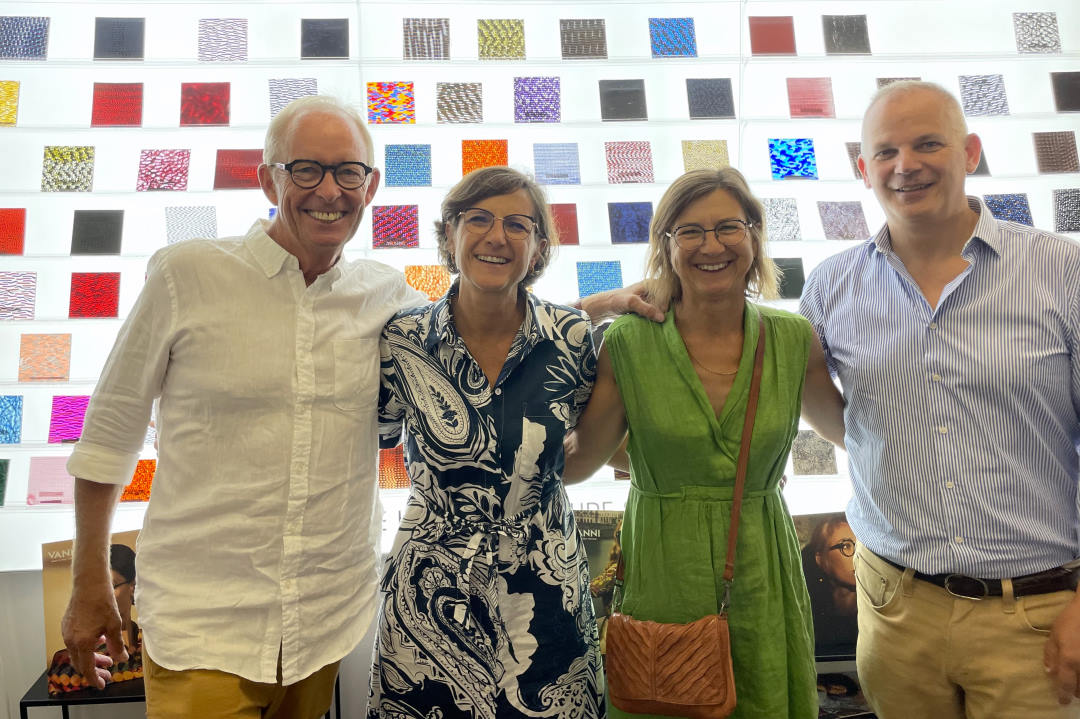Strategies to spur CL uptake
The Contact Lens Institute’s (CLI) new report highlights steps the eyecare community can take to generate interest in contact lenses (CL) from potential and former wearers.
Based on a survey of vision-corrected adults segmented by glasses-only wearers, new CL wearers and CL dropouts, the Beyond Vision: Behaviours to Attract New & Returning Contact Lens Wearers report found almost 48% of glasses wearers have a high interest in trying CLs, while lapsed wearers indicated factors that would motivate them to resume use. These indicate a significant untapped potential in the market, said Stan Rogaski, CLI’s executive director. “Our research found specific areas of consumer excitement, concern and misperception eyecare practices can leverage to aid more efficient and effective contact lens conversations among likely candidates. Better yet, these aspects can be reinforced easily and quickly across the entire patient experience, from appointment scheduling to the exam to follow-up, by every member of the practice team.”
The report includes multiple infographics depicting high-value takeaways, quick-take columns and bulleted checklists offering practical tips for practices. These included:
-
Eyecare practitioners are the dominant source of influence in considering CLs (66% of glasses wearers and 46% of new CL wearers), followed by dispensing opticians (44% of glasses wearers and 26% of new CL wearers) and friends and family (40% of glasses wearers, 31% of new CL wearers)
-
Explaining why CLs can benefit a patient placed first (66%) among factors influencing CL consideration. Other influential aspects included understanding insertion and removal (52%), taking trial lenses home (51%) and knowing about the range of price and performance options (47%)
-
Primary motivators for a CL trial among new wearers were freedom from glasses (44%), personal appearance (42%) and ease of use (39%)
-
CL advancements sparking most excitement among potential wearers were toric designs (46%) followed by UV protection (43%)
-
Cited by about 20% of glasses-only respondents, the practice behaviours detracting from CL trial included a lack of exam staff raising the subject, not alerting patients they were candidates and not providing CL information
-
Recent CL dropouts stated awareness of new advances (55%), a renewed conversation about CL benefits (50%), dual/part-time wear alongside glasses (50%) and the availability of trial lenses (50%) were among their top motivators. Those who abandoned wear longer ago placed most weight on being made aware of CLs for a specific eye condition (85%), followed by new advances and technologies (74%), price and performance options (72%) and access to trial lenses (66%).
The research was commissioned by CLI and conducted by Prodege from 1-9 February 2024, via an online survey. Respondents included 1,053 vision-corrected US adults aged 18-64.











